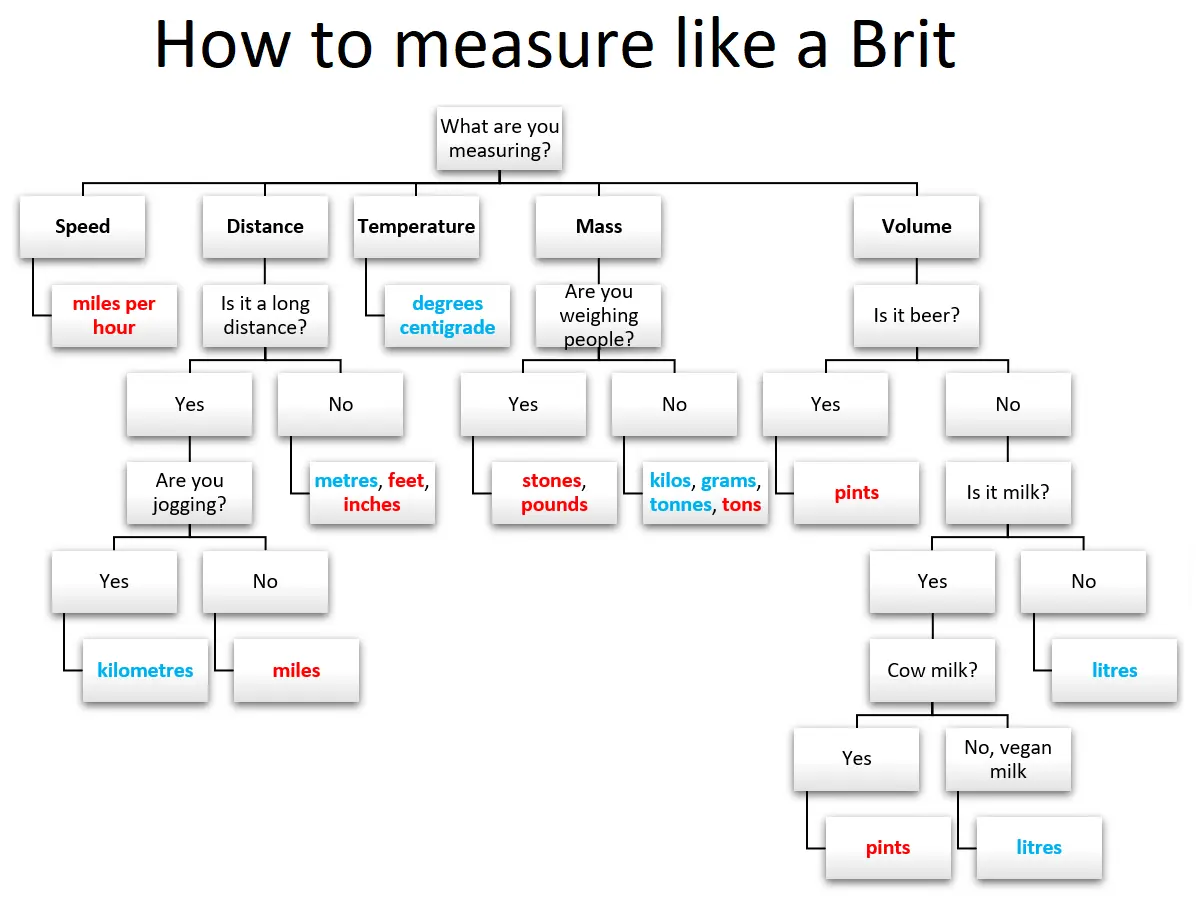The only thing measured in grams in the US is cannabis.
Éire / Ireland
An Irish community in the fediverse.
Weather & alerts: https://www.met.ie/
Health Service: https://www.hse.ie/
Central Statistics Office https://cso.ie/
National Broadcasters: https://www.tg4.ie/en/ • https://www.rte.ie/
Radio Stations: https://irishradiolive.com/
Imeachtaí i nGaillimh https://feilire.com/
Irish Dictionaries: https://www.focloir.ie/en/ • https://www.teanglann.ie/en/ • http://www.potafocal.com/fbg/
Irish language Courses: https://www.futurelearn.com/courses/irish-language • https://community-courses.memrise.com/community/courses/english/ • https://www.duolingo.com/learn
Pollen levels: https://www.met.ie/forecasts/pollen
And bullets are measured in millimeters
It depends. Ones designed in other countries, yes. But if the bullet was designed in the USA, it is measured in inches like .45 ACP or .223 Remington
TIL that .223 Remington and 5.56x45mm NATO are very similar but not identical cartridges. Weird!
I think most medicines are measured in grams over there too (500mg for acetaminophen / paracetamol). And Cocaine.
Medicine is in metric except for the entire bottle of liquid medicine. How many 30ml doses are in an 8oz bottle of nyquil?
We have 2 liter bottles of coke, but also 16oz if you just want to drink now.
Don't ask about cooking measurements we don't get it either and everyone who questions it turns into flour within the week.
Britain is weird too.

In Russia, cannabis was measured in "matchboxes" (around the amount that gets in to a small ziploc) and "glasses", where glass is a 220ml glass Russians drink vodka from in the movies.
So it goes full circle when you start measuring cannabis in glasses, sounds really American!
Just put 1/3 football fields of flour and 1/12 Empire State Buildings of salt and exactly 2 1/4 tsp of yeast (no more, no less)
I get the rocket and coriander ones, also the units of measurement but what do you call a bell pepper? (Also how do you differentiate dried cilantro seed powder from the fresh herb? I like to know if I should be using a spice or the fresh plant)
what do you call a bell pepper
Paprika.
https://en.wikipedia.org/wiki/Bell_pepper#Nomenclature
It's very well documented.
Rocket????
Wait till you learn that pre metric Canadian measurements use the same terms but are different.


What do you guys call bell peppers?
Oh my god another country calls things different words! How outrageous of them!

